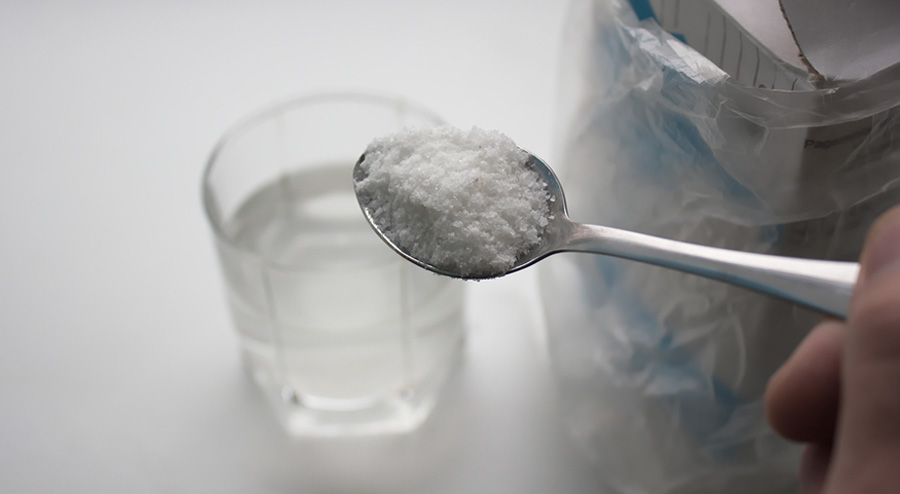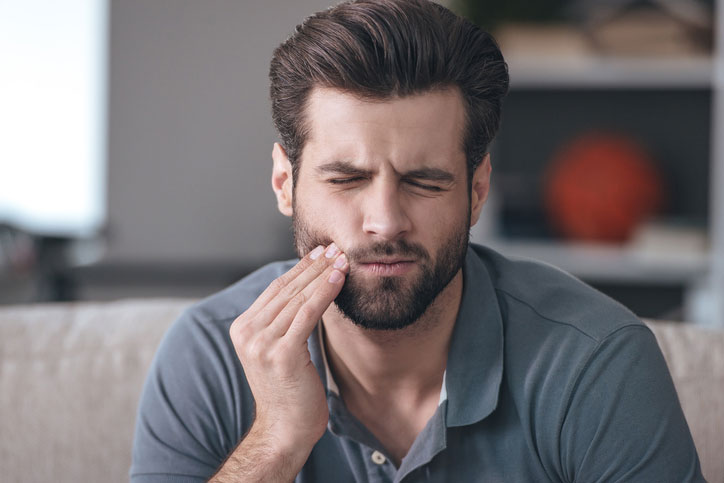Teeth Retainer Options to Reduce Pain
Wearing a retainer or having your teeth adjusted with an appliance as part of orthodontic treatment can seem like a long arduous slog. You look forward to the day you finally get all that metal and cement out of your mouth and rejoice.
Unfortunately, this does not last long as your dentist tells you that you must now wear a retainer for the foreseeable future. In many cases, a retainer must be worn at all times, except when eating or brushing your teeth, for the first several months. After getting the okay from the dentist you may be able to adjust to wearing it only at night. While this might seem like a cruel and unfair way to draw out the dental torture it is actually the most important step in the process.
As orthodontic treatment appliances and wearing a removable retainer have shown, it is very easy to get your teeth to move and adjust with the right direction and pressure.
After these devices have moved the teeth will want to revert back to their natural position. It takes time for the bone and tissue to adjust to the new positioning of the teeth. The purpose of the retainer is to keep everything in place long enough for your mouth to set in the new position without too much tooth pain. Going a day or even a few hours without wearing the retainer in the first several months can allow teeth to start shifting back. Once this happens, things can feel tight or even painful when the retainer is reinserted.
While it is highly recommended to always wear your retainer as directed, sometimes things happen and this is not possible. Whether you lost your retainer or it got damaged (or even if you are a rebel and decided to go without on purpose), when you eventually start wearing it again you will likely feel some pain. This pain can last a few minutes to a few days depending on how much shifting occurs. While you can rest assured that it will eventually dissipate when things get back to the right place, you probably will want some pain relieving methods in the meantime. Here are the best options:
Medication

There are also topical analgesics, like Orajel, which are made to relieve gum and tooth pain for several hours. Simply spread some onto your gums and teeth to start the numbing action. This will not last for a long time but can be helpful to stave off discomfort when eating or going to sleep.
“Ibuprofen is especially helpful for tooth pain, thanks to its anti-inflammatory properties. Ibuprofen helps limit the inflammation that occurs naturally when pressure is placed on teeth, bone, and gums.”
Diet
Speaking of eating, if you are experiencing any pain from your retainer or know that you are about to start wearing one again, pay attention to what you are eating. Skip the crunchy, sticky, and chewy food and try to go with soft or liquid meals instead. Do not chew gum either as this can tire out your jaw and increase the discomfort. It is best to err on the side of caution for the first few days and plan on eating soups, yogurt, and mushy foods like banana and mashed potatoes.
Ice
Once pain has set in you can try to relieve it with cold. Ice packs can be applied to the exterior of the mouth or you can suck on ice cubes. You can even turn to cold foods such as ice cream and popsicles to provide temporary numbness and pain relief. As long as you are not having any sensitivity to cold there is plenty of room to play around with this concept. Try sipping on ice cold water all day for an around the clock effect or sucking and chomping on some frozen grapes or blueberries.
Salt Water

Saltwater is a natural disinfectant that can also reduce inflammation, which promotes healing and can soothe painful swelling of the gums. Just about every household has salt lying around and access to water so there is no harm in giving this a try if you are having pain from your retainer. Try doing salt water rinses two to three times a day, especially when the pain seems to be at its worst. The best part of this remedy is that it can be combined with any other pain relieving method with no negative interactions.
Essential Oils

These are the best home options for remedying the pain that may come with wearing a retainer. Most of these can be mixed and matched without any negative side effects. If you have progressed to the point where you only wear your retainer at night but are woken up by pain then you might want to try another month or two of wearing the retainer all day. If you have been wearing it faithfully all day for several weeks and are still having a significant amount of pain then it is worth visiting your dentist to make sure everything is as it should be. Your retainer should have been made using molds of your teeth right before the braces or appliance had been removed, but there could always have been an error in their manufacture.
Relate Posts to Read:
Dental Crown Pain At-Home Remedies
Medically Fact-Checked & Written by Our Dental Editorial Team
You can read more about our editorial guidelines by clicking this link and learn more about the Emergency Dentists USA editorial team here.




